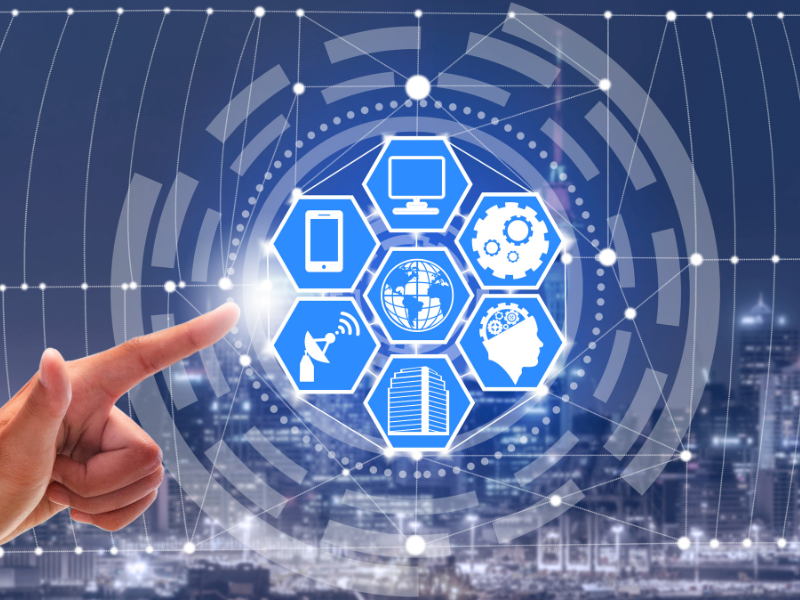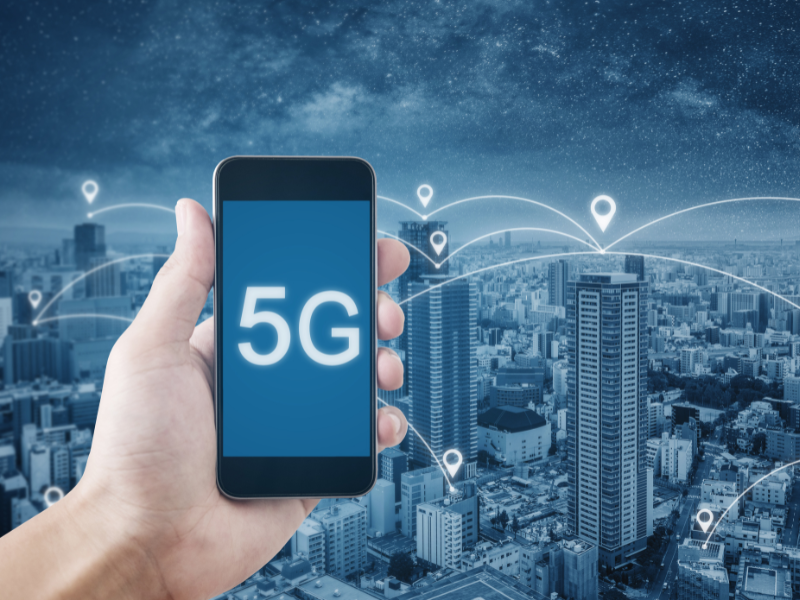With the rapid advancement of technology, the world is on the brink of a new era in communication – the era of 5G networks and infrastructure. This revolutionary technology promises to transform how we connect, communicate, and interact with the world around us. In this article, we delve deep into the world of 5G, exploring its potential, benefits, challenges, and future prospects. Join us as we embark on this exciting journey of discovery.
What is 5G Networks and Infrastructure?
5G networks and infrastructure refers to the fifth generation of wireless communication technology. It represents a significant leap forward from its predecessor, 4G, in terms of speed, capacity, and reliability. With 5G, we can expect faster data transfer rates, lower latency, increased capacity, and improved connectivity for a wide range of devices and applications.
The Evolution of Wireless Communication

Over the years, wireless communication has evolved at a remarkable pace. From the first generation (1G) analog systems that revolutionized mobile communication to the current fourth generation (4G) networks that support high-speed data transfer, each generation has brought significant improvements. Now, with the arrival of 5G, we are entering a new era of connectivity, paving the way for a truly interconnected world.
The Key Features of 5G Networks and Infrastructure

- Enhanced Mobile Broadband (eMBB): 5G offers lightning-fast download and upload speeds, surpassing anything we have experienced before. With eMBB, streaming high-resolution videos, downloading large files, and utilizing bandwidth-intensive applications become seamless and instantaneous.
- Ultra-Reliable Low Latency Communication (URLLC): 5G networks provide unparalleled reliability and low latency, making it ideal for applications that require real-time responsiveness. From autonomous vehicles to remote surgery, the possibilities are endless.
- Massive Machine-Type Communication (mMTC): As the Internet of Things (IoT) continues to expand, 5G can support a massive number of connected devices, enabling seamless communication between machines, sensors, and smart devices. This opens up new opportunities in sectors such as smart cities, agriculture, and healthcare.
- Network Slicing: One of the key innovations of 5G is the concept of network slicing, which allows operators to create virtual networks tailored to specific needs. This ensures that different applications and services receive the necessary resources and performance levels, optimizing efficiency and user experience.
The Benefits of 5G Networks and Infrastructure
With the proliferation of 5G networks and infrastructure, we can expect a wide range of benefits that will revolutionize various industries and aspects of daily life. Some of the key advantages include: – Lightning-fast internet speeds that enable seamless browsing, streaming, and downloading. – Improved capacity and reliability, ensuring consistent connectivity in densely populated areas and during peak usage times. – Enhanced user experience in applications such as augmented reality (AR), virtual reality (VR), and immersive gaming. – Support for emerging technologies such as autonomous vehicles, smart cities, and precision agriculture. – Transforming healthcare through telemedicine, remote surgery, and IoT-enabled devices. – Enabling smart homes and intelligent appliances, ushering in a new era of connected living.
Challenges and Considerations

While the prospects of 5G are incredibly promising, there are also challenges and considerations that need to be addressed. Some of the key challenges include: – Infrastructure requirements: The deployment of 5G networks requires significant infrastructure upgrades, including the installation of new base stations and small cells. This can be a costly and time-consuming process. – Spectrum availability: To deliver the promised speeds and capacities, the availability of suitable frequency spectrum is crucial. Spectrum allocation and management need careful planning and coordination. – Security concerns: With the increasing number of connected devices and the transfer of sensitive data, security becomes a critical aspect of 5G implementation. Privacy, data protection, and cybersecurity measures need to be robust and well-executed.
The Future of 5G Networks and Infrastructure

As 5G networks continue to roll out across the globe, the future seems brighter than ever. The possibilities are endless, and the impact will be felt across industries and societies. Some potential future developments include: – Continued advancements in IoT technology, paving the way for truly smart cities and interconnected devices. – The widespread adoption of autonomous vehicles, revolutionizing transportation systems and improving safety. – The emergence of new industries and business models, enabled by the ultra-reliable low latency and massive connectivity of 5G. – Unprecedented innovation in areas such as healthcare, education, entertainment, and communication.
FAQ
FAQ 1: How fast is 5G compared to 4G?
5G is significantly faster than 4G. While 4G networks typically offer download speeds of around 50 to 100 Mbps, 5G can reach speeds of up to 10 Gbps. This means that tasks that used to take minutes on 4G networks now take mere seconds on 5G.
FAQ 2: Will 5G replace Wi-Fi?
5G and Wi-Fi serve different purposes and are designed to complement each other. While 5G provides wide-area coverage and supports mobile devices, Wi-Fi is best for localized connectivity within buildings and residences. However, with the advancements in 5G, it may become a viable alternative to traditional Wi-Fi in the future.
FAQ 3: Are there any health concerns associated with 5G?
Extensive research has been conducted to ensure the safety of 5G networks. The International Commission on Non-Ionizing Radiation Protection (ICNIRP) states that there is no evidence of adverse health effects caused by the radio frequencies used in wireless communication, including 5G. Strict regulations and guidelines are in place to ensure public safety.
FAQ 4: Can I use my existing smartphone with 5G?
To take full advantage of 5G networks, you need a smartphone that supports 5G connectivity. While some older smartphones may not be compatible with 5G, most new models are equipped with the necessary hardware.
Conclusion
The advent of 5G networks and infrastructure marks a significant milestone in the world of communication and connectivity. With its unparalleled speed, capacity, and reliability, 5G promises to transform various industries, facilitate innovation, and enhance our everyday lives. As deployment continues and technology evolves, the possibilities are limitless. So buckle up and get ready for the 5G revolution – a world of endless possibilities awaits.

